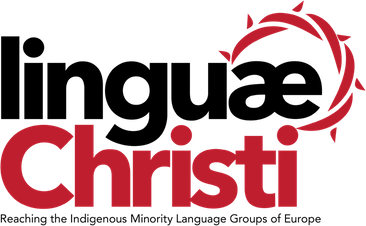As I mentioned in our Summer 2022 newsletter/blog, we have reduced the publication of our regular updates from monthly to quarterly. With our summer instalment being our most recent, we are now publishing our Autumn 2022 newsletter/blog. I also mentioned in the Summer newsletter that I would not necessarily be writing a Sprachspielen editorial for each of our quarterly newsletters.
(more…)Sprachspielen: European
In this month’s Sprachspielen, I would like to talk about a word that we use all the time to describe our work, which you would probably feel needs no particular explanation. It is the word “European.” Again, you’re probably thinking that this is pretty straightforward, but it might surprise you, as I seek to explain what this word means to us more specifically, especially as it relates to our ministry.
As I’ve explained in previous instalments of Sprachspielen, our primary understanding of the various ethnolinguistic people groups with whom we minister is based on linguistic affinity and points of connection. In other words, we look at the indigenous, minority languages that are spoken and how they are related to one another, as a primary organising principle for our missionary focus. These language groups “bleed” over the established borders, as the areas of their linguistic domain are generally older than those of the established geopolitical borders.
(more…)Sprachspielen: Minority (Part 2)
In last month’s Sprachspielen, I began to unpack the use of the word “minority” related to indigenous languages in Europe and our work with them. In my last instalment, I described how the European Charter for Regional and Minority Languages (ECRML) is our primary guide for deciding what is or is not a minority/regional language, and which ones we might include in our strategic list of language groups, which are the target groups for our missions engagement as an organisation.
In this month’s instalment, I want to pick up where I left off at the end of last month’s, namely in speaking about where our strategic list of indigenous minority languages differs from those included in the ECRML.
(more…)Sprachspielen: Minority (Part 1)
The term that I’d like to address in this month’s Sprachspielen is “minority.” This is such an important term for us with so much nuance that it will definitely take more than one month to unpack it. I’ll try to get that process started with this instalment.
(more…)



